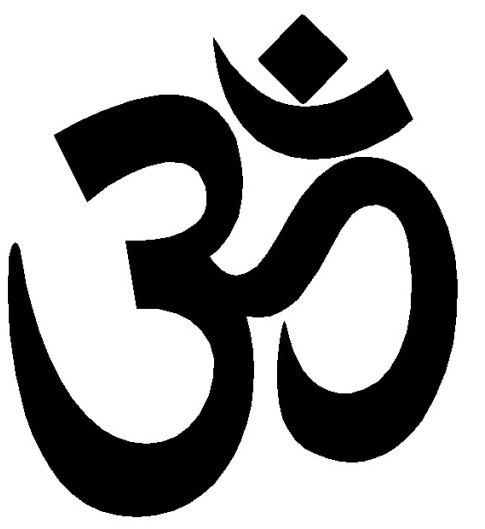OM=A-U-M
Om, is translated as the infinite wholeness or the Divine Power. It is a Hail or blessing to the Eternal Goodness of Everything. The complete sound uses the three letters, AUM.
In linguistics, (A) comes from the back of the throat. Then, (U) is the journey inside the cavity of the mouth. (M) brings closure as we emit humming from our lips touching together. By just chanting OM or AUM, we open, dig deep and then seal our energy. Yet, in the space after we say Aum, and the next breath, a gap lies – where we experience pure awareness. In essence, the silence after we chant Aum vibrates in tune to ‘I am, I witness, I am love’ or ‘I exist, I know, I am blissful.’
OM is a traditional opening to any mantra or used on its own. Its purpose is to open a hallowed field of consciousness. It has been chanted for centuries. It includes all sounds. It crosses into all worlds, time, space and levels of being. It reminds us on a subtle energy level – we are spiritual beings and of our interconnectedness with each other and the eternal.
It is a sacred utterance. Beyond the threefold nature or trinity of AUM is the silence that follows after you utter the word. After chanting it in unison for several minutes with others, you may experience a peaceful, loving happiness. It is said to be the sound or seed of creation – the beginning of the cosmos.
We first encounter Aum in the Sanskrit Vedas (Mandukya Upanishad to be exact), the oldest known written scriptures from over 5000 years ago. Historically, it precedes the holy HUM in Tibet, AMIN in Islam and AMEN in Egyptian, Greek, Roman, Jewish and Christian traditions.
In yoga class, we chant Aum together three times. Take a deep inhale and then allow the exhalation to come from A, at the back of the throat, through U and ending with M in a gradual, long and slow way. It is a means of helping us cross from the physical plane to the spiritual dimension when we intone it, just like prayer. It is only another method we can use, to reach and connect to a holy place, inside and outside ourselves.

